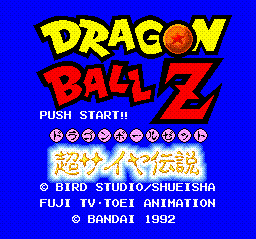 WOW. Just wow. If you own a Wii and have not played Cave Story, save up a few bucks and buy it. Take the engine from Super Metroid and add some seriously improved gameplay mechanics, and you have Cave Story. Cave Story is one of the funnest games Wiiware has to offer, and here's why.
WOW. Just wow. If you own a Wii and have not played Cave Story, save up a few bucks and buy it. Take the engine from Super Metroid and add some seriously improved gameplay mechanics, and you have Cave Story. Cave Story is one of the funnest games Wiiware has to offer, and here's why.First off, Cave Story is fun to play. The controls are responsive and simple, which also means you can play this with whatever controller you want. Cave Story is compatible with the Gamecube Controller, Wiimote, and Classic Controller, which allows for a wide variety of options. I personally prefer the Wiimote which works great and feels very traditional. I appreciate that Nicalis didn't add unnecessary waggle to an awesome game.
Speaking of Nicalis, I appreciate that they added so many twists on the game that you don't even realize it's essentially Super Metroid 2. The first twist is the art style. For some reason it reminds me a lot of Chrono Trigger, which is always a good thing. The characters themselves look very cool, but at the same time a bit...awkward. Awkward may normally be a bad thing, but in the case of Cave Story, it really gives it a good flavor. The main character, Quote, has an over sized head and a skinny body. Odd things like this can turn me off to a game, but in Cave Story's case, you stop noticing how weird Quote looks once you get his gun, the Polar Star, at the beginning of the game. It just kinda fits together and works. Amazing.
My absolute favorite thing about this game has two parts. It has an intense story that's actually deep. This adds a nice contrast to it's cartoony nature in the same way Earthbound did. And that's a good comparison. Earthbound. But instead of an RPG, you're a sidescrolling hero with a ton of explosives. The best part about the deep, and often dark story, is that Cave Story never takes itself too seriously. It makes fun of itself from time to time, but not too much, just enough to keep the player from getting depressed at a serious part. And you're bound to get depressed while playing this game.
Cave Story is like Metroid, but with humor, better platforming, a clever style, and a pretty good price at 1200 Wii points, or $12 USD. This means you'll have to get 2000 wii points, which means you'll have 800 left over to buy FF6. Excellent! If only I could play Cave Story and FF6 with an NES Advantage...
In conclusion, all I really have to say is this:







